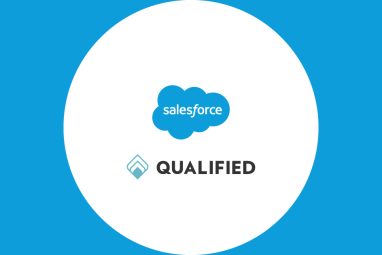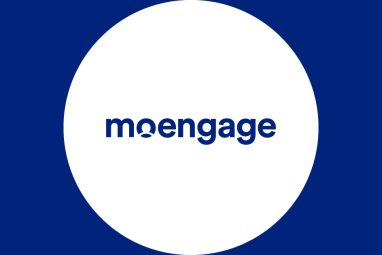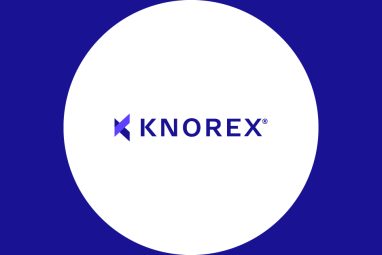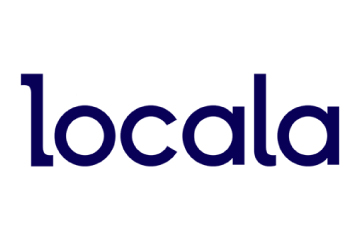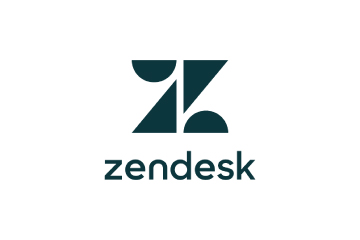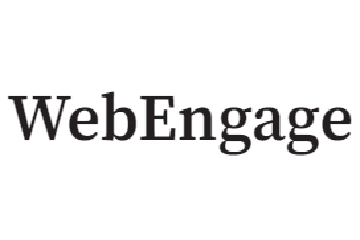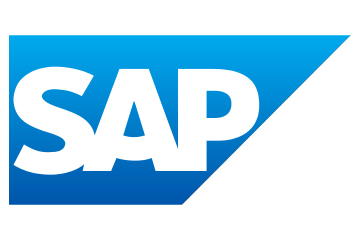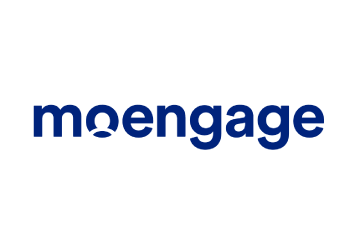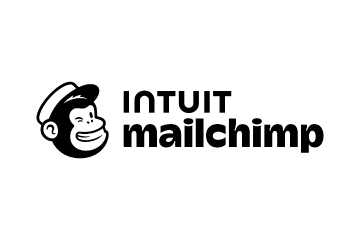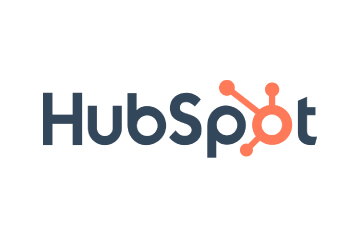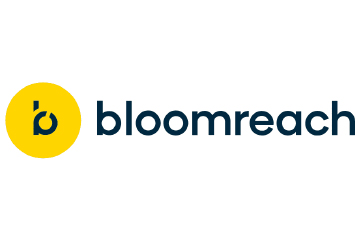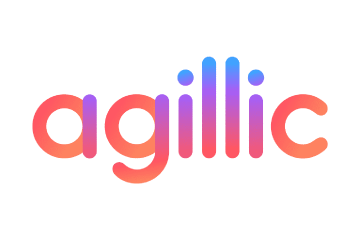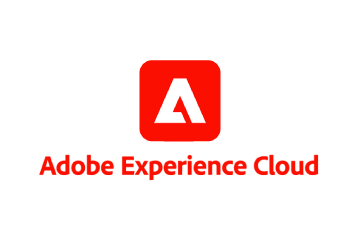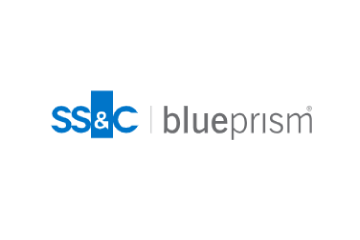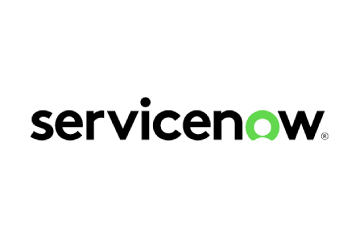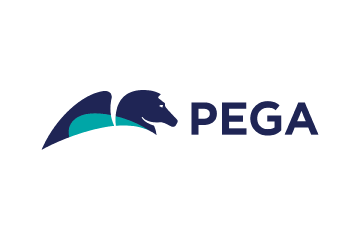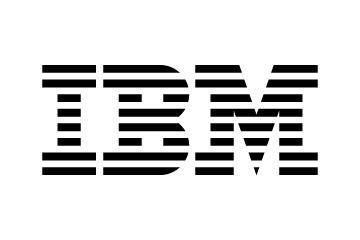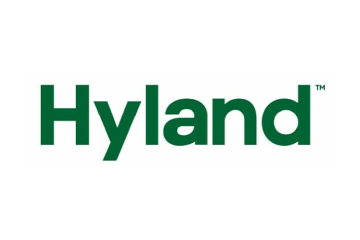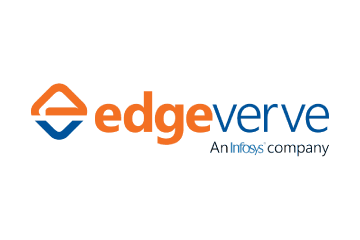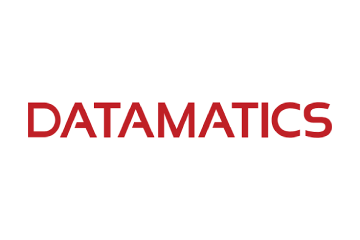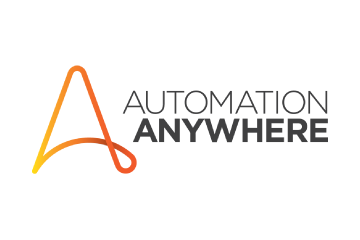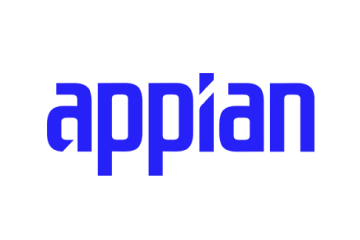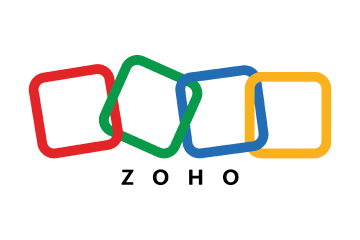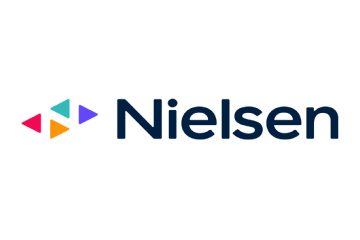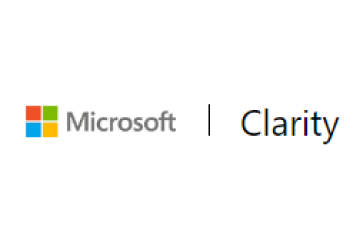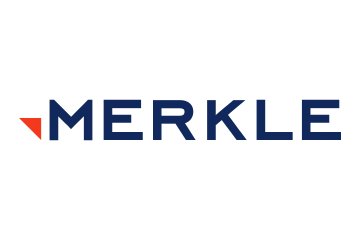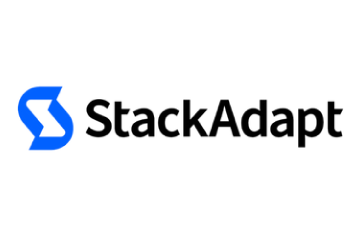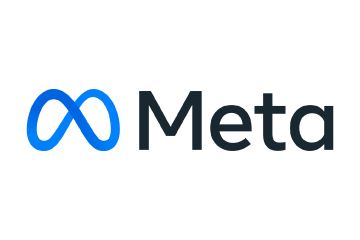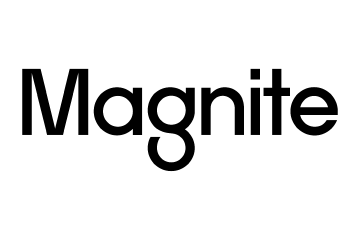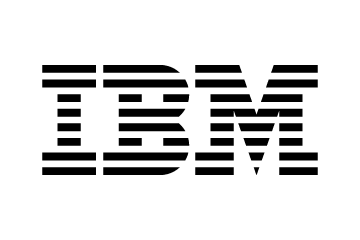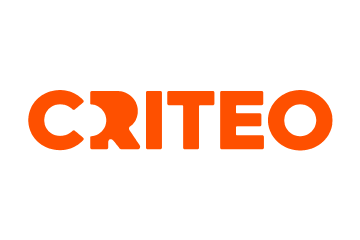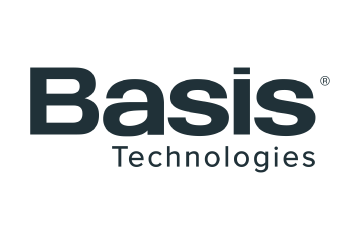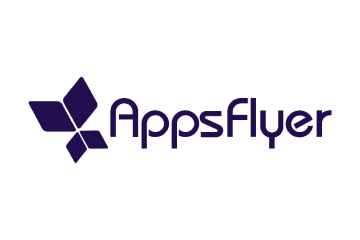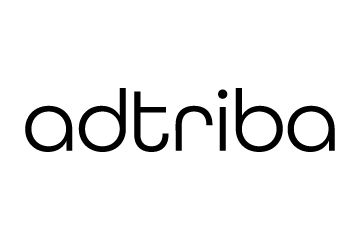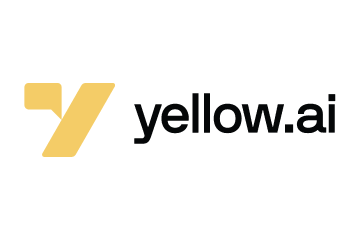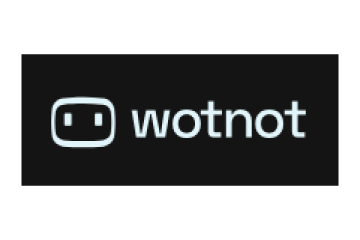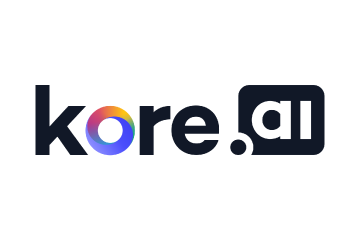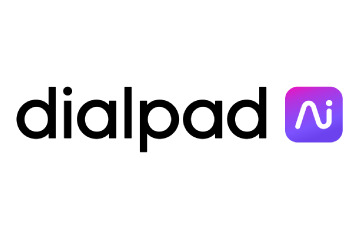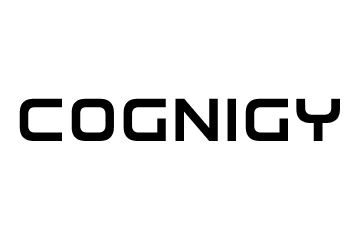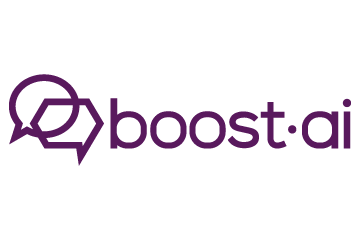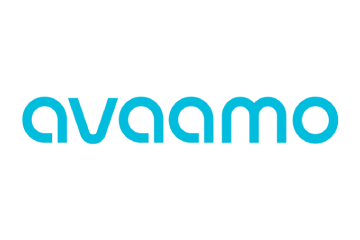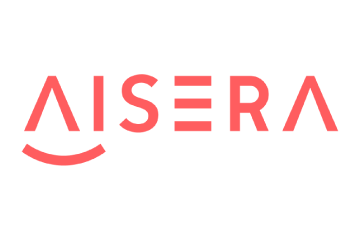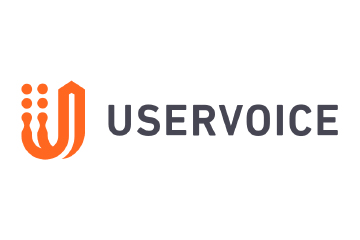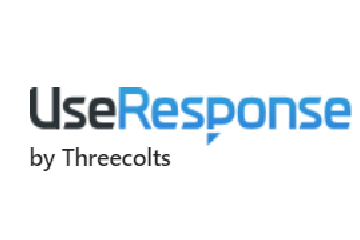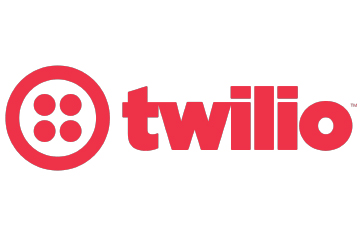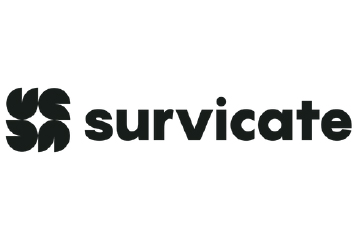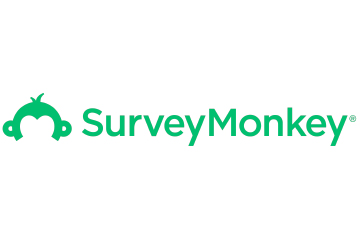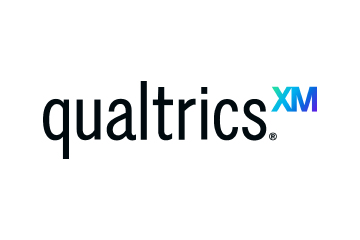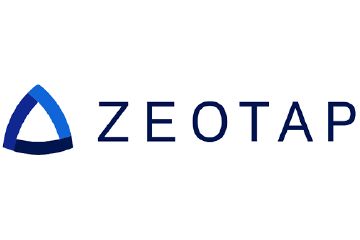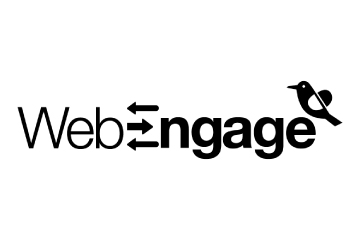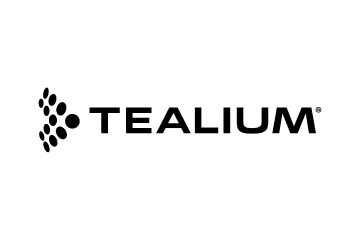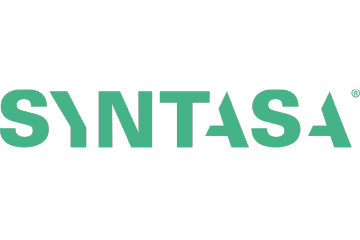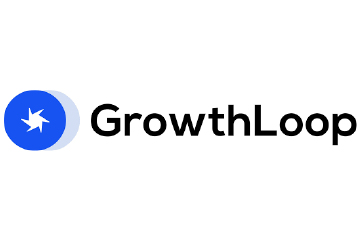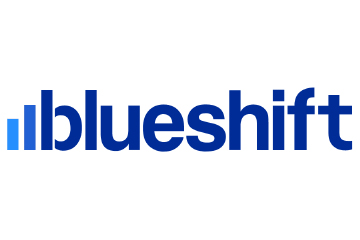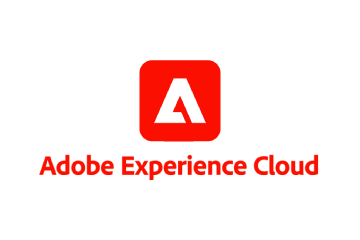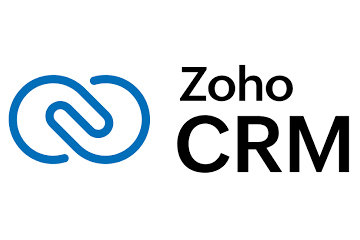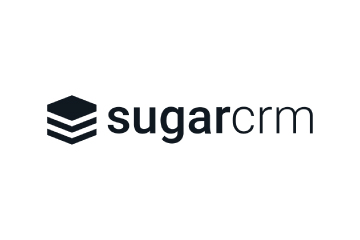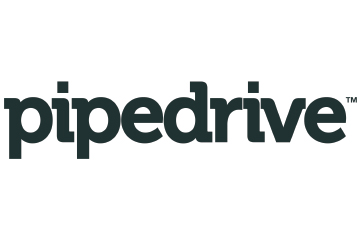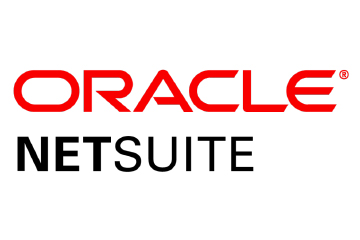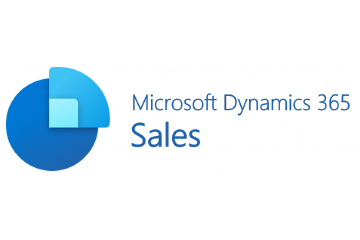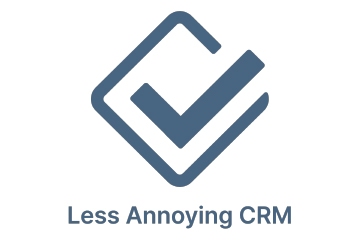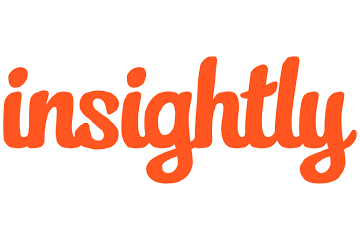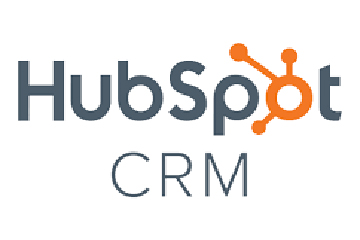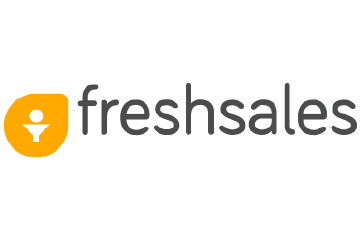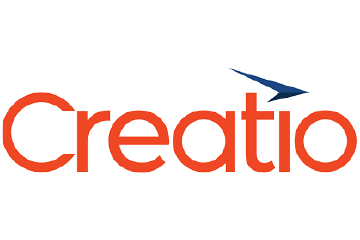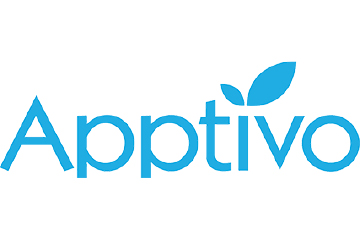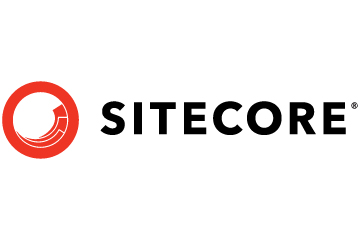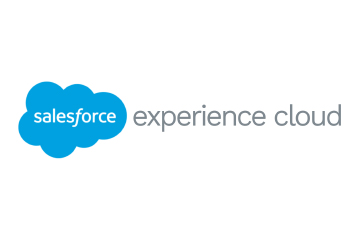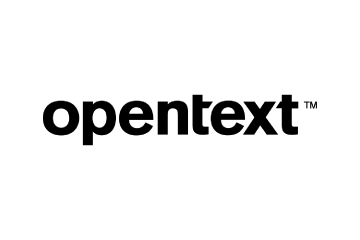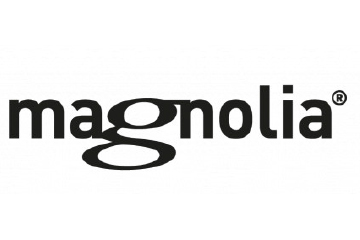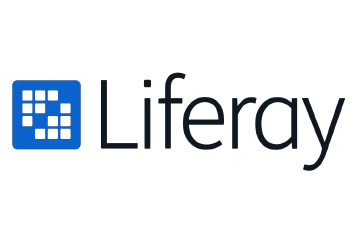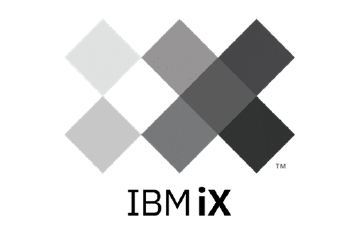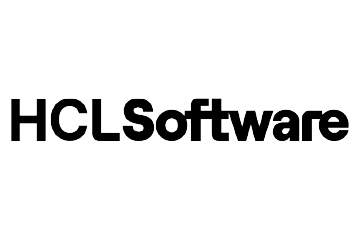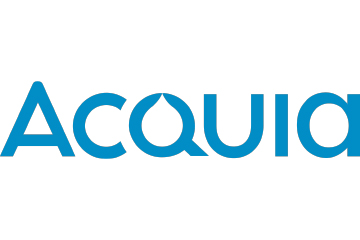74% of Consumers Expect A Hybrid Customer Journey: Report
Uberal and MomentFeed, an Uberall company, released a new report, titled “The New Face of Local.” It explores how COVID-19 driven digital acceleration has given birth to a hybrid customer journey that mixes online and in-person behaviour when shopping locally. “Our report shows that as economies re-open, consumers are much less likely to distinguish between […]
Topics
What to Read Next
- Surfside Expands Commerce Media Solution to Include In-Store Inventory
- Salesforce Signs Definitive Agreement to Acquire Qualified
- MoEngage Secures Additional $180M in Series F Funding
- KNOREX Unveils White-Label Solutions to Power Live Commerce Advertising
- Insightly Launches AI-Powered Copilot to Streamline CRM Workflows
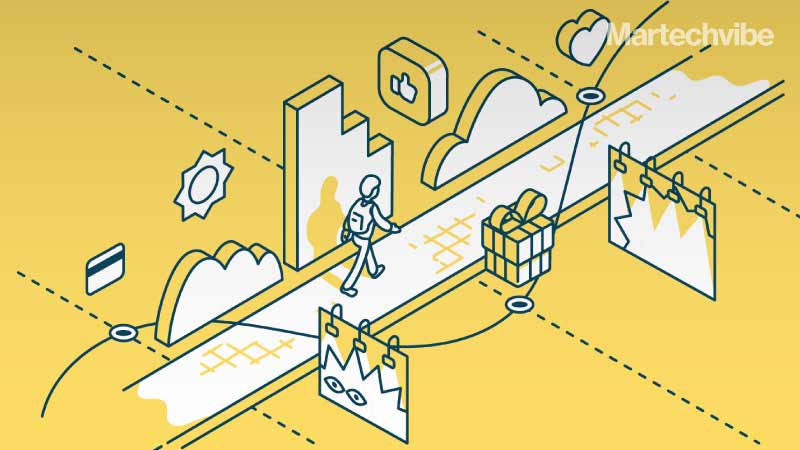
Uberal and MomentFeed, an Uberall company, released a new report, titled “The New Face of Local.” It explores how COVID-19 driven digital acceleration has given birth to a hybrid customer journey that mixes online and in-person behaviour when shopping locally.
“Our report shows that as economies re-open, consumers are much less likely to distinguish between online and offline, and instead prefer a consumer purchase journey that blends physical and digital experiences in a non-linear fashion,” said Nick Hedges, Chief Strategy Officer & EVP North America, Uberall.
The report features survey responses from over 1,000 U.S. consumers and analyses the local online performance of nearly 80,000 business locations.
GOOGLE #1 FOR LOCAL BUSINESS INFORMATION
The overwhelming majority of consumers (69 per cent) use Google to find local business information, including reviews. However, more than 20 per cent also use Apple Maps, Yelp and/or Yahoo to find information about nearby businesses. Industry-specific websites and apps (e.g. travel, real estate, restaurants) are also important, with one out of five using these platforms.
“Google is the centre of gravity for local search but it’s not the only site consumers turn to for local information,” said Greg Sterling, VP of Insights, Uberall. “People use a range of directories, sites and apps, which often change by industry or category.”
LOCAL STORES REMAIN IMPORTANT TO CONSUMERS
Despite the significant growth of eCommerce over the past year, less than 18 per cent of US consumers prefer to research and buy products exclusively online. By comparison, 74 per cent rely on stores at some point during their purchase process, even if the transaction ultimately happens online. Indeed, a little-understood fact is that stores support e-commerce: 66 per cent of consumers are more likely to buy something online if they can return it to a local store.
“This is a strong indicator that consumers want a real-life experience in their journey – whether to evaluate the physical product in a store and/or the convenience of being able to take it home the same day,” said Hedges. “Though the internet is having a profound impact on consumer decisions, both enterprises and SMBs need to understand the relationship between online and offline behaviour to succeed going forward.”
NON-BRANDED SEARCHES BECAME MORE DOMINANT AMID COVID
Already the majority of searches, Uberall found that non-branded search queries became even more dominant during the pandemic. Non-branded search is the what (“bookshop near me”), before the who (e.g. “Barnes & Noble near me”).
“The increase in non-branded local searches is a complex phenomenon, largely driven by the value consumers place on proximity, immediacy, and convenience,” said Hedges.
ENGAGEMENT WITH ONLINE BUSINESS LISTINGS IN 2020 WAS FLAT; 2020 DATA INDICATES RAPID RECOVERY
COVID disrupted normal consumer activities in 2020. Safety protocols and related restrictions dramatically reduced or eliminated in-person business visits in the U.S. That led to a 1 per cent decrease in click-to actions on business listings in search (calls, clicks, directions). However, Q1 2021 saw a big uptick in engagement and actions, an upward trend that will likely continue throughout 2021 as businesses reopen.
“The data shows that a return to in-person shopping is slowly but surely reaching pre-pandemic numbers,” said Hedges. “Furthermore, the importance of local stores can’t be understated. The data shows that Americans are willing to go out of their way in many cases to support local businesses that they trust.”
Also Read: Marketing Trends Driving Luxury
SOME INDUSTRIES FARED BETTER THAN OTHERS
As consumers reduced or stopped visiting stores and indoor venues in 2020, industries like finance, retail, and government fared better in terms of click-to actions on local listings. They were able to deliver alternative customer experiences over the phone or through their websites.
- Government saw the biggest increase in local listing engagement, with a 93 per cent overall increase in actions taken from local listings, and a 115 per cent increase in clicks to websites. This suggests citizens were seeking information from government officials on the latest regulations and restrictions, testing and vaccinations, unemployment, and more.
- Retail saw a 58 per cent increase in clicks to websites, indicating a big e-commerce shift.
- Financial and leasing services grew by 10 per cent with the largest shift going to click to call.
In the restaurant, entertainment and travel categories, which were heavily impacted in 2020, there was a decrease in listings engagement and online actions across the board. Conversions for many of the companies in these industries depend on in-person experiences that are difficult to directly replicate online.
- Travel saw the greatest decline in actions at -47 per cent year-over-year, not surprising given extensive travel restrictions in 2020.
- Social and entertainment industries were also greatly impacted with a -32 per cent year-over-year decrease.
- Restaurants fared better, given the ability of many to pivot to online ordering, takeout and delivery; however, there was still a decrease in actions of -18 per cent.
As more people adopt hybrid shopping behaviours, in an evolving and unpredictable environment it’s critical for businesses to bring more of the in-person experience online and to integrate online and offline assets to deliver consistent customer experiences across channels.
In June, Uberall announced the acquisition of MomentFeed to create a new, more powerful ‘Near Me’ Customer Experience platform with unsurpassed capabilities and global reach. The combined company manages the online presence of 1.35 million business locations, including many of the world’s most recognisable multi-location brands like Starbucks, Avis, Cricket Wireless, Jersey Mike’s, BP, KFC, Marks and Spencer, McDonald’s and Pizza Hut. Together with its customers and partners, the combined entity will continue to bring market innovations that help chain brands connect with more consumers


